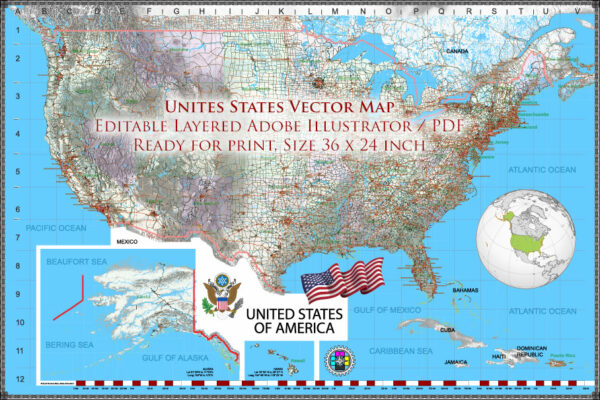The history of urban development in the United States is a complex and multifaceted narrative that has evolved over centuries. Here’s a brief overview:
Colonial and Early American Period (1600s-1800s):
- Pre-Industrial Cities: The earliest American cities, such as Boston, New York, and Philadelphia, were characterized by narrow streets and a lack of urban planning. They were often crowded and faced challenges such as inadequate sanitation and limited infrastructure.
- Mercantile Influence: Many early cities were influenced by mercantile interests, with port cities serving as crucial hubs for trade and commerce.
19th Century:
- Industrialization and Urbanization: The 19th century saw rapid industrialization and urbanization, leading to the growth of manufacturing centers and the rise of factory-based economies.
- Immigration: Waves of immigrants, particularly from Europe, fueled urban population growth. Cities became melting pots of diverse cultures, contributing to the development of ethnic neighborhoods.
- Urban Planning: As cities expanded, there was an increasing awareness of the need for urban planning. Frederick Law Olmsted, for example, designed Central Park in New York City, emphasizing the importance of green spaces within urban areas.
Early 20th Century:
- City Beautiful Movement: The City Beautiful Movement, which emerged in the late 19th and early 20th centuries, aimed to beautify urban areas and improve living conditions. This movement influenced the design of public spaces, parks, and civic buildings.
- Automobile and Suburbanization: The widespread adoption of automobiles in the early 20th century facilitated suburbanization. Many Americans moved to the suburbs, leading to the decline of some urban areas.
Mid-20th Century:
- Post-World War II Boom: After World War II, the United States experienced a significant economic boom. This period saw the rise of large-scale suburban development, with federal policies such as the GI Bill and the construction of the interstate highway system encouraging suburban living.
- Urban Renewal: Many cities implemented urban renewal projects in an attempt to revitalize declining urban areas. However, these efforts often resulted in the displacement of low-income communities.
Late 20th Century to Present:
- Deindustrialization: Many U.S. cities experienced deindustrialization, leading to the decline of traditional manufacturing centers. This had significant economic and social impacts on urban communities.
- Gentrification: In more recent decades, gentrification has been a prominent trend in urban development, with wealthier individuals moving into previously neglected neighborhoods, often leading to increased property values and the displacement of longtime residents.
Challenges and Opportunities:
- Infrastructure and Transportation: Urban areas grapple with issues related to aging infrastructure and transportation systems, prompting discussions about sustainable development and smart city initiatives.
- Affordable Housing: The availability of affordable housing remains a persistent challenge in many cities, leading to debates about housing policy and equitable development.
- Environmental Sustainability: Cities are increasingly focusing on environmentally sustainable practices, including green building initiatives, public transportation, and the development of green spaces.
The history of urban development in the United States reflects the dynamic interplay of economic, social, and cultural factors, shaping the built environment and influencing the way people live and work.







 Author: Kirill Shrayber, Ph.D.
Author: Kirill Shrayber, Ph.D.